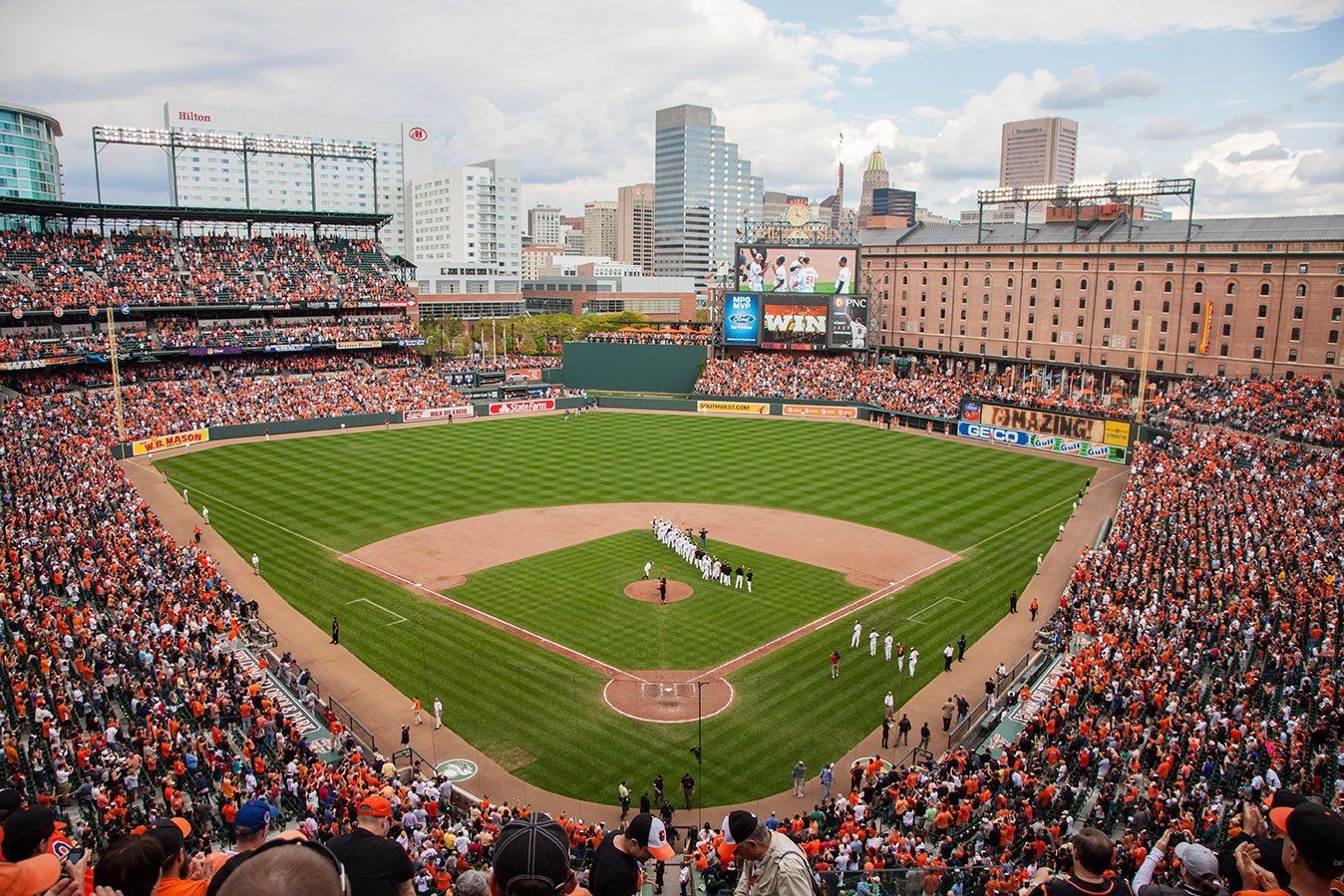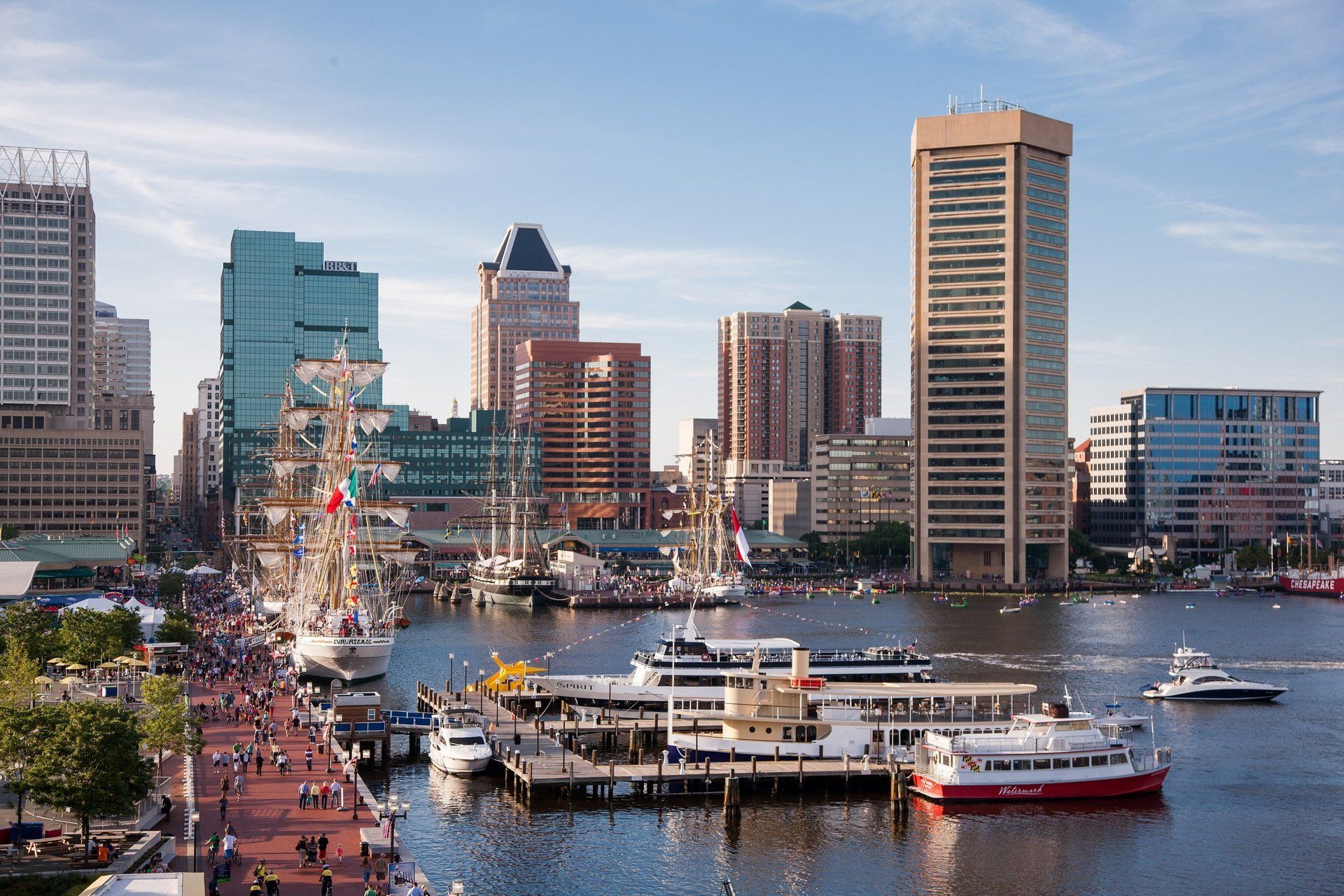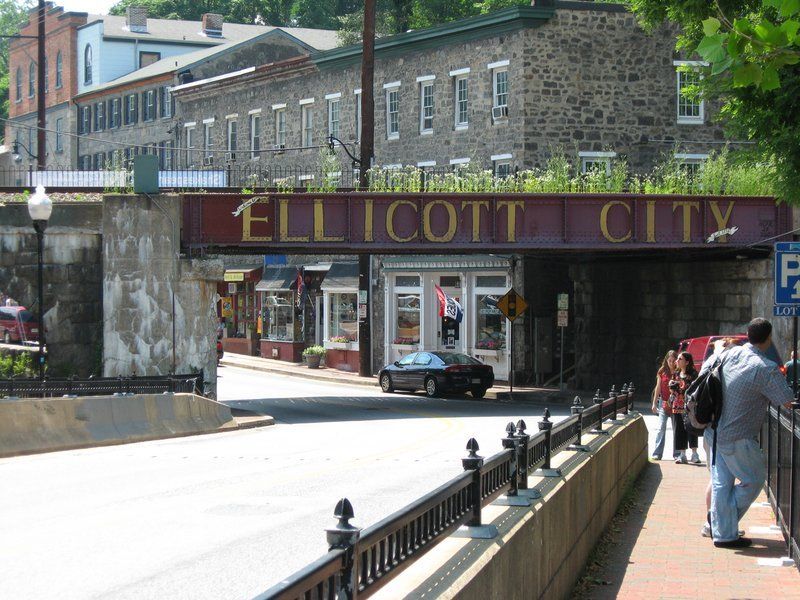America's Byways ® - Historic National Road, The Road That Built The Nation6 nightsFrom £1,140 per person
Price includes: Flights, accommodation and car hire
Construction of the Historic National Road began in 1811, at the water’s edge in Baltimore’s Inner Harbor. Construction continued over four decades, until the Road reached Vandalia, Illinois. During that time, the sight of train tracks signaled a shift in transportation priorities. But westward-bound families still road stagecoaches along the highway, stopping frequently to take advantage of inns, taverns and blacksmith shops that sprouted up along the way. Today’s travelers can romanticize about life as it was for those pioneers and discover the friendly towns that have endured.
Day 1- Arrive in Baltimore, Maryland
Baltimore is the top city destination in Maryland. Its buzzing Inner Harbor is the city’s focal point and location for top attractions such as the National Aquarium and the American Visionary Art Museum. Just a short boat ride away is Fells Point, the historic cobbled neighborhood that’s a legacy to Baltimore’s British nautical roots. Follow Lombard Street from downtown toward several historic neighborhoods, including Union Square. Check out the Baltimore and Ohio Railroad Museum, located inside a beautifully restored roundhouse. Buy an all-day pass for the water-taxis and experience the city from a different angle, take a cruise on the Chesapeake Bay or an informative walking tour of the city. Stay two nights in Baltimore.
Day 3- Baltimore to Frederick (50 miles)
Head west to Ellicott City. Among the old English stone homes and rolling hillsides of Ellicott City is the nation’s oldest surviving railroad station. This mill town is home to antiques shops, unique restaurants, pubs and wine bars. Next comes Mount Airy. Formerly a railroad and turnpike town, it now features a collection of local vineyards open for tours and tastings. Nearby is tiny New Market, the antiques capital of Maryland. Arrive in Frederick and tour the city’s 50-block historic district. Here you can shop, dine and discover one of America’s great Main Street communities. Wineries, orchards and Civil War history are around every bend, including the National Museum of Civil War History. Stay one night in Frederick.
Day 4- Frederick to Hagerstown (25 miles)
As you head out beyond Braddock Heights and the farming village of Middletown, consider a stop at the Washington Monument State Park, site of the first monument erected in President George Washington’s honour. Or detour to Sharpsburg and Antietam National Battlefield, site of the bloodiest one day battle in American history during the Civil War. Continuing west, the farmland of Funkstown is dotted with Pennsylvania-Dutch bank barns. Arrive in Hagerstown - its Arts & Entertainment District is home to the Maryland Theatre and Maryland Symphony Orchestra concerts. The Washington County Museum of Fine Arts in scenic City Park boasts an outstanding permanent collection. Shoppers won’t want to miss the 100 outlets at Hagerstown Premium Outlets. Stay one night in Hagerstown.
Day 5- Hagerstown to Cumberland (67 miles)
Traveling along US 40, look for the small waterfront park that offers a fine view of the five stone arches that support the 210-foot-long Wilson Bridge, the oldest and longest bridge of its kind in the area. Next is Hancock, where the Hancock Visitor Center in the Chesapeake & Ohio Canal National Historical Park offers an exploration of canal life. Arrive in Cumberland – once a transportation hub, it’s now popular for its galleries, theatres and museums. From Cumberland, a steam-engine train ride on the Western Maryland Scenic Railroad takes you to nearby Frostburg. In LaVale, the route passes Maryland’s only remaining National Road toll gate house, which collected $9,745.90 in tolls during 1836, its first year of operation. Conestoga wagons once crossed the Casselman River Bridge, a single-span, stone-arch structure built for the National Road in 1813. Nearby is the Spruce Forest Artisan Village, promoting local arts, crafts and music. Stay two nights in Cumberland.
Day 7- Cumberland to Baltimore (140 miles)
Enjoy the scenic drive back to Baltimore or Washington, DC.






